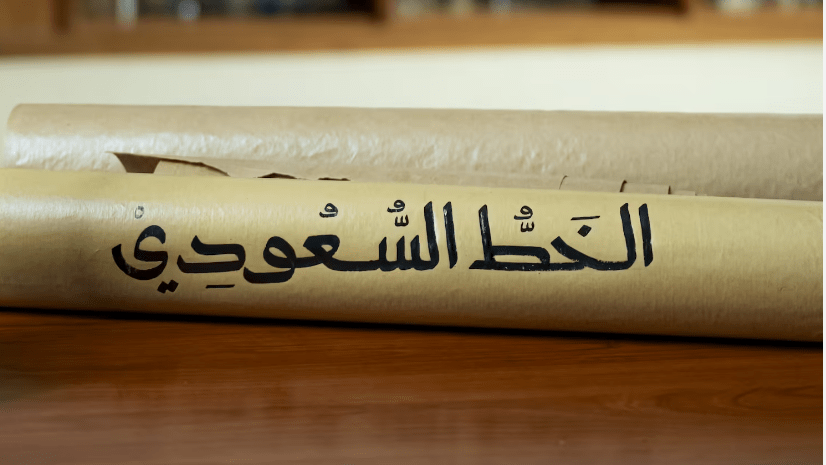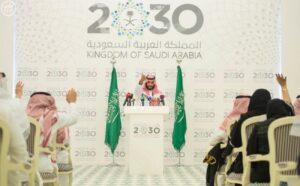In the quiet curves of every letter, in the bold presence of each stroke, there’s a story. A legacy written in words, and in the form those words take. On April 16, 2025, the Saudi Ministry of Culture revealed two new Arabic typefaces, Al-Awwal and Saudi. With this unveiling, the Kingdom opened a new chapter in its visual identity.
These are more than fonts. They are reflections of Saudi cultural heritage, steeped in ancient script, brought forward with a designer’s touch, and made for today’s world.
The New Arabic Typefaces: Al-Awwal Typeface
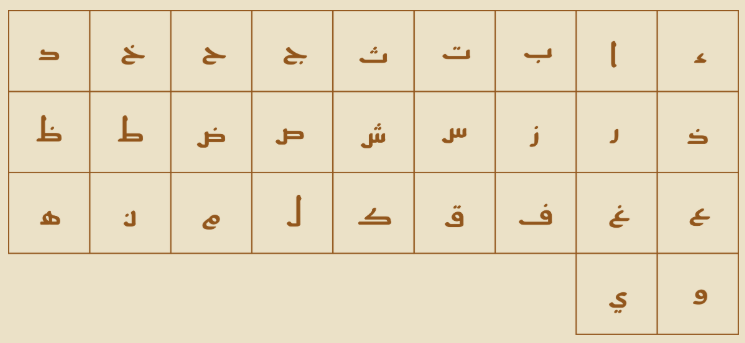
There’s something sacred about beginnings. The Al-Awwal typeface, meaning The First, draws its lines from the earliest forms of Arabic handwriting. Its inspiration traces back to inscriptions from the first Hijri century – those same lines etched into the bones of Saudi history, visible in archaeological relics scattered across the land.
Designed through careful study and modern interpretation, Al-Awwal honors the roots of Arabic script design while adapting it for contemporary use. Its letters are clean, warm, and move with rhythm. Spacing, proportion, and diacritics echo the flow of traditional calligraphy. The typeface feels entirely modern, ready for use in branding, formal communication, and creative projects that celebrate heritage with clarity.
The New Arabic Typefaces: Saudi Typeface
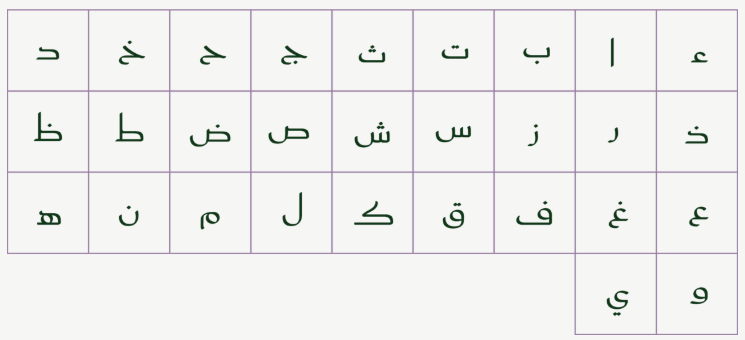
Where Al-Awwal looks to the past, the Saudi typeface reaches toward the now. It shares the same soul, with a bolder voice. Built on the foundations of traditional calligraphy, this typeface reflects a distinct national character: proud, refined, expressive.
Its design challenges conventions while staying true to tradition. Each glyph feels familiar yet fresh. It’s a modern Arabic typeface made for the present, one that carries the Kingdom’s story into logos, headlines, official documents, and art.
Together, these typefaces write more than text. They write identity.
A Design Rooted in Deep History
These two fonts were born from collaboration. Scholars, linguists, calligraphers, designers, and programmers came together to study ancient Arabic calligraphy, archaeological scripts, and early Qur’anic manuscripts. The result is a seamless fusion of visual art and cultural preservation.
Arabic calligraphy has long held a sacred role in Islamic art. Kufic, the geometric script carved into the stones of AlUla, stands among the earliest styles. Inscriptions from as early as 644 CE still survive—silent yet powerful. These influences echo through the new typefaces, making them practical tools and spiritual artifacts.
The Ministry’s Ongoing Mission
Minister of Culture Prince Bader bin Abdullah bin Farhan put it best: these typefaces “blend traditional influences with modern design to inspire creativity and honor our legacy.” This unveiling continues a broader movement. One that preserves Saudi heritage not just in museums but in everyday life, on websites, packaging, documents, signage, books, and screens.
Past Typography Projects That Set the Stage
This unveiling builds on earlier typographic projects by the Saudi Ministry of Culture. In 2023, it introduced three fonts that reflected cultural icons:
- Masmak: sturdy and readable, inspired by the Masmak Fortress.
- Al-Naseeb: soft and literary, echoing handwritten notes.
- Watad: playful and curved, designed for festivals and events.
Each of these fonts was released for free, a gesture that mirrors this latest move, making the Al-Awwal typeface and Saudi typeface available to anyone who wants to use them.
Even earlier, the Diriyah Gate Development Authority worked on a special font inspired by an 18th-century manuscript from the first Saudi state. It featured Naskh and Thuluth styles and aimed to visually preserve the spirit of Diriyah’s rich calligraphic heritage.
Where Design Meets Access
Both the Al-Awwal and Saudi fonts can now be downloaded directly from the Ministry’s website. Designers, organizations, and cultural institutions across the Kingdom and beyond can use them in:
- Logos and branding materials
- Print and digital publication
- Artistic installations and exhibitions
- Educational and government resources
By bringing these fonts into public hands, the Ministry encourages a deeper, more visible connection to Arabic typography. One that lives in daily communication.
Cultural Recognition of Saudi Typefaces on a Global Scale
The world has taken notice. UNESCO added Arabic calligraphy to its list of Intangible Cultural Heritage, recognizing its role in shaping Arab identity. Saudi Arabia supported this move and extended the Year of Arabic Calligraphy into 2021. These typefaces carry that legacy into the digital era.
This moment stands as both a design achievement and a cultural statement.
Words That Carry the Weight of a Nation
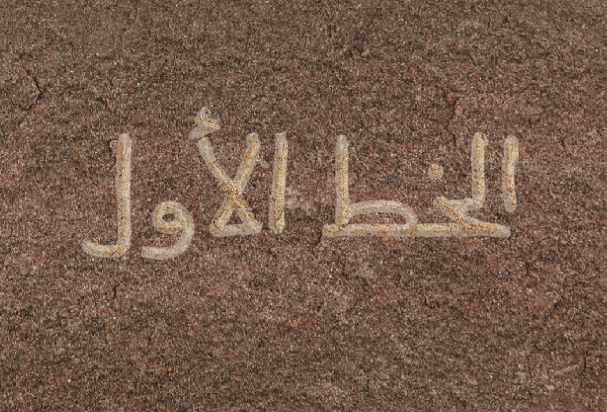
When you type with these fonts, you carry stories. You echo the rhythm of the desert and reflect the voice of Saudi Arabia—refined, rooted, and expressive.
The Al-Awwal and Saudi typefaces turn every sentence into a tribute. They show that Arabic script design is about identity, memory, and the way a nation tells its story—one letter at a time.
FAQs
What is the Al-Awwal typeface introduced by the Saudi Ministry of Culture?
The Al-Awwal typeface is a modern Arabic font inspired by early Islamic calligraphy and historical inscriptions from the first Hijri century.
How is the Saudi typeface different from Al-Awwal?
The Saudi typeface blends traditional calligraphic roots with a bold, contemporary design that reflects national identity in a modern context.
Where can I download the new Arabic typefaces from the Saudi Ministry of Culture?
You can download both the Al-Awwal and Saudi typefaces for free through the Saudi Ministry of Culture’s official website.
Why are these new Arabic calligraphy fonts culturally significant?
These typefaces preserve Saudi cultural heritage by merging ancient Arabic script design with present-day digital typography.
How can designers use the Al-Awwal and Saudi typefaces in their work?
Designers can use them across branding, formal documents, creative projects, and educational resources to reflect authentic Arabic typography.

